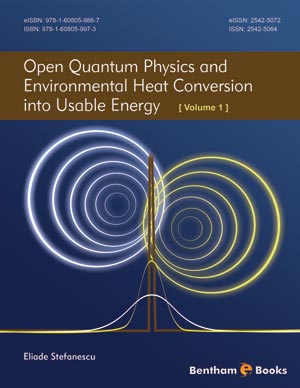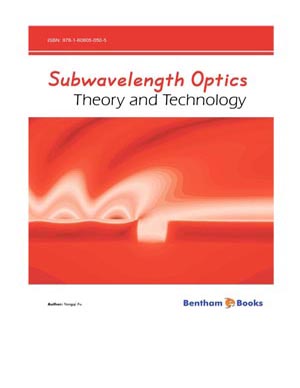Abstract
Attempts for synthesizing superheavy elements have to overcome the fusion hindrance as the large Coulomb repulsion of colliding system and the dissipation of the kinetic energy due to the strong nuclear friction. To describe the fusion-fission process and to estimate the possibility of synthesis of superheavy elements, the dynamical model based on fluctuation-dissipation theorem has been applied. The theory of Brownian motion is employed to describe the dynamical evolution of the whole fusion-fission process, with extremely small probability of residues of superheavy nuclei. First, as diffusion model, onedimensional Smoluchowski equation was applied, which taking account of the temperature dependence of the shell correction energy. A new mechanism for an optimum condition was found as a compromise of two conflicting requirements: higher incident energy for larger fusion probability and lower excitation energy of compound nuclei for larger survival probability. To describe fusion-fission process more realistically, the three-dimensional Langevin equation was applied. Using the model, we estimated the possibility of synthesis of superheavy elements and clarified the fusion-fission mechanism. We present these developments and main results.
Keywords: superheavy elements, dynamical model, diffusion model, Langevin equation









